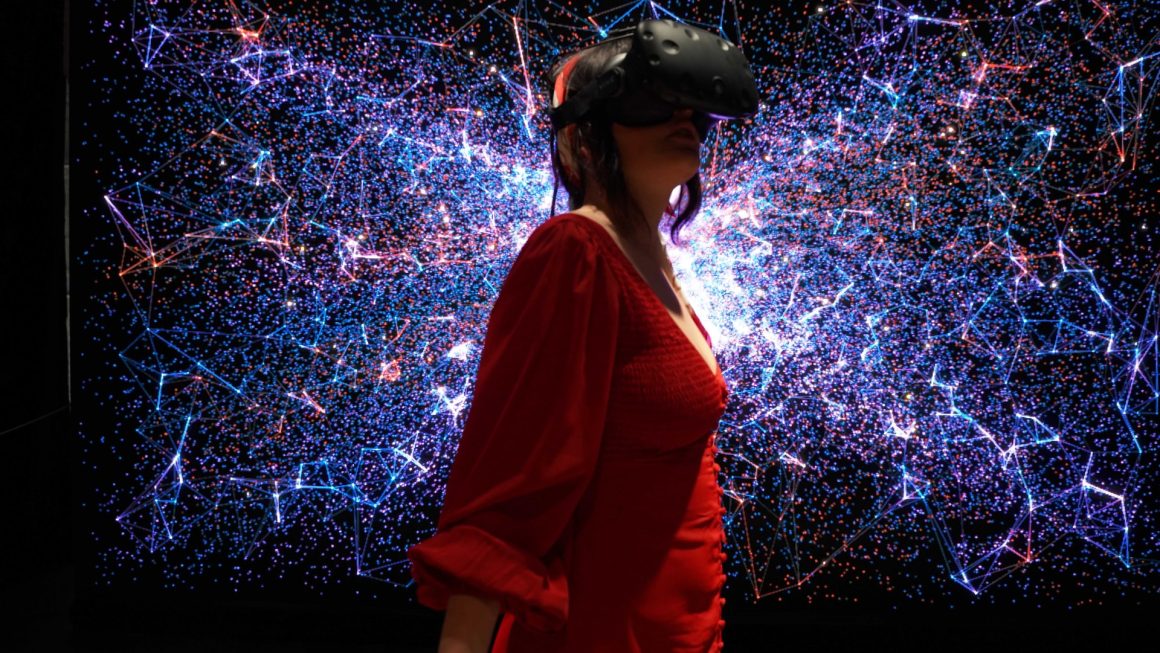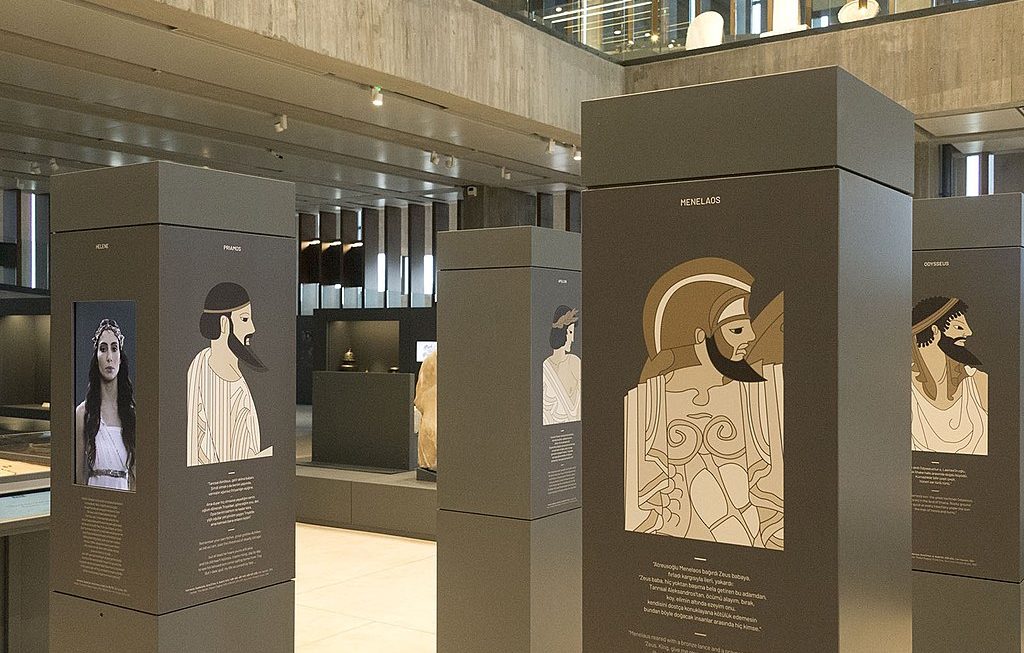In recent years, digitization has started to affect almost every aspect of our lives. The concept of a museum visit that was unchanged for decades is now shaped by technological innovations as well, all with the goal of providing us with a better and more convenient experience.
But is digitization actually a good thing for museums? Should technology get involved in such activity, or should we just let museums be?
How Does It Work?
We are already experiencing a big part of our world through computer and mobile screens. As more people choose to live their lives digitally, the need for everything to become digitized is growing.

Ever since they were established, museums were purely a physical thing. You have to go to a gallery and look at the exhibits. However, more and more museums are now entering the process of digitization by rendering their collections on online galleries.
Whether it’s simple scanning of paintings and photographs or the 3D rendering of sculptures and other artifacts, museums now allow Internet users to download the digital versions of their art and project them on a screen at home.
Other institutions have found good use of technology inside the museum itself. Now you can interact with certain objects and use touch screen tables to learn more about a particular subject. In the future, we might also see holograms as exhibits as well. This will be particularly useful when one museum is missing some artifacts that other museums possess.
What Are the Benefits?
From the visitor’s perspective, digitized museums have clear benefits. Not everyone has time or money to visit some of the most renowned museums in the world. On the other hand, a large portion of the world population has Internet access. By downloading rendered art in high-quality resolution, you will be able to witness plenty of artifacts that you would otherwise never see in your life.

Moreover, some popular museums tend to be very crowded. Waiting in line can be frustrating enough, and often there are large crowds gathered in front of a particular object, so you would have to wait for your turn to see it for only a few seconds. Completing a full tour of a museum can take hours, and although the things you see can be awe-inspiring, seeing them all can be quite exhausting and overwhelming as well.
Digitization solves most of these problems by letting you experience museums from the comfort of your own home. And, sure, particular artworks might lose their appeal if they’re not seen in real life, but for some people, that is a compromise worth making.




